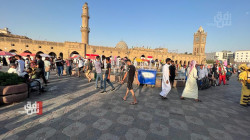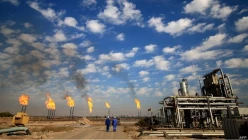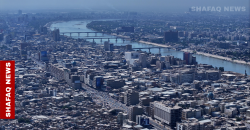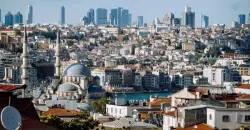Earthquake-resistant structures in Iraq: design, materials, and challenges
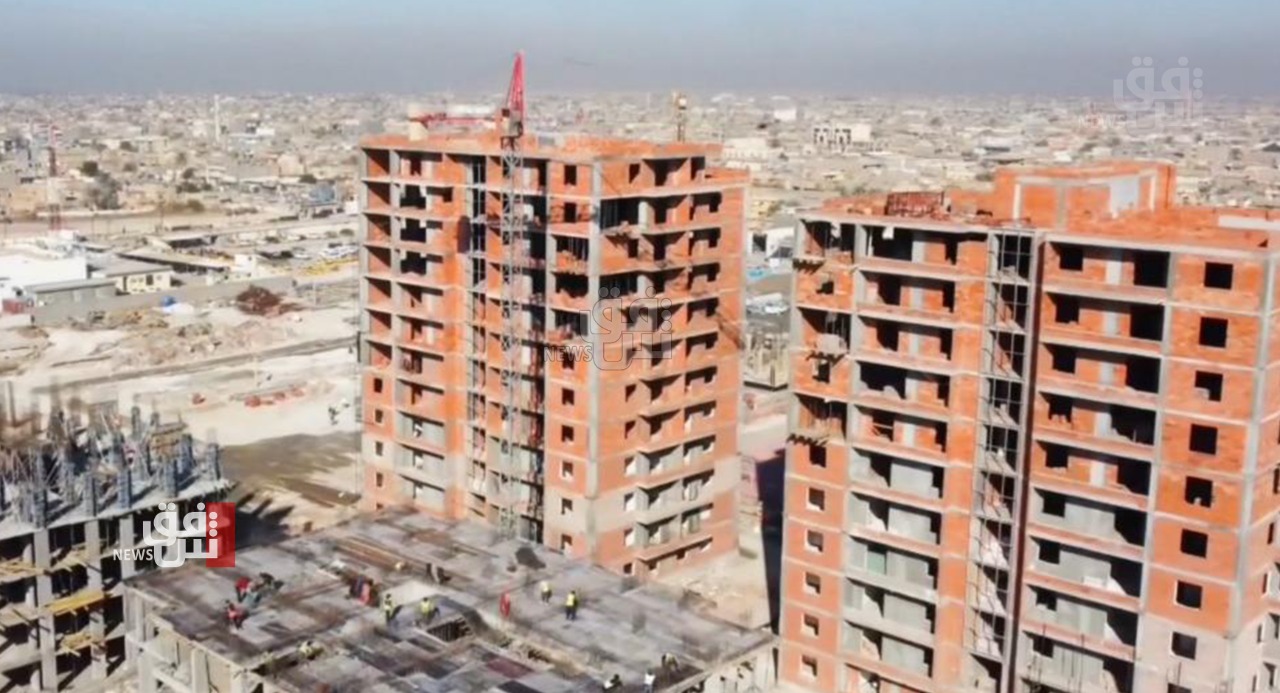
Shafaq News / Um Athraa, a resident of Karbala, was compelled to revise her building plans for her 150-meter plot of land in response to the looming threat posed by the recurring seismic disturbances. Despite having meticulously laid out the construction blueprint and having accumulated adequate funds to procure conventional building materials, she found herself forced to ensure the safety and protection of her family from the treacherous earthquakes.
As the tremors continue to unsettle Iraq, the inhabitants are fraught with anxiety over the possibility of their structures succumbing to the violent tremors. In light of the fact that Iraq is projected to enter the seismic zone in 2050, the Ministry of Construction and Housing has undertaken the momentous task of establishing mandatory structural design standards for all buildings rented to public and private engineering departments and offices, ensuring their resilience and impregnability to the perilous earthquakes.
Following the back-to-back catastrophic earthquakes that ravaged southern Turkey and northern Syria on February 6, the region has been besieged by incessant seismic activity. The most recent tremors recorded in Erbil, with a magnitude of 3.9, and in the Nineveh Plains, with a magnitude of 4.3, are the latest harbingers of the precarious situation in the region.
Hassan Maddeb, the Director of the National Center for Engineering Consultations, a constituent of the Ministry of Housing and Municipalities, has divulged that extensive efforts are underway to formulate robust structural design parameters for all edifices, irrespective of whether they are high-rise buildings or individual homes, that are capable of withstanding earthquakes. This move comes in response to the imminent threat of Iraq entering the seismic zone by 2050.
Maddeb has confirmed that these parameters will be implemented across Iraq, and all engineering departments will be mandated to abide by them. He has further revealed that a ministerial order from the General Secretariat will be issued soon to ensure compliance with these structural design parameters, thereby safeguarding buildings during earthquakes. Additionally, a conference will be convened shortly to address this matter in greater detail.
Furthermore, Maddeb has expounded on the characteristics of secure buildings, emphasizing the importance of vertical concrete structures attached to the ceilings. Conversely, buildings constructed using traditional standard materials, such as brick walls and reinforced concrete roofs, are highly vulnerable to earthquake damage.
Specialists have identified three primary reasons for building collapses during earthquakes. It is imperative to employ high-quality building materials and provide engineering supervision during construction to avert such calamities. The experts have underscored the significance of using earthquake-resistant building designs to mitigate the destructive effects of seismic activity.
Faris Kareem, a civil engineer, has astutely remarked that meticulously planned and constructed structures have the fortitude to withstand earthquakes without succumbing to collapse. Among the most substantial variants of such structures are low- to medium-rise buildings with concrete-column structures that are more resilient than their towering counterparts.
According to Kareem, the three primary reasons for building collapses are the paucity of concrete, feeble-resistant cement, and substandard engineering designs, all of which are pivotal factors that determine the stability or vulnerability of buildings.
Amer al-Jabiri, the media director of the Iraqi Meteorological Authority, has identified the "triangle" of regions in Iraq that are prone to earthquakes. He observed that Iraq is bereft of natural elements such as oceans and vast mountain ranges that tend to shift the earth's crust. He further noted that the Meteorological and Seismic Monitoring Authority has identified an almost triangular area that encompasses the districts of Badra in Wasit, Khanaqin and Mandali in Diyala, and Chemchemal and Kalar in al-Sulaymaniyah. Al-Jabiri also pointed out that most earthquakes in Iraq that are perceptible to residents do not result in the loss of life or property.
According to Hisham al-Dakhil, a contractor and construction specialist, "Despite the existence of advanced techniques in construction, only developed nations like Japan have been able to implement them successfully. In Iraq, traditional building materials are still widely used, and adherence to high international standards and engineering oversight of construction projects remains at the discretion of the contractor and building owner."
Al-Dakhil went on to explain that "Construction practices in Iraq vary by region, with stone and rock being commonly used in the west, compressed blocks in the north, and bricks in the central and southern regions."
He noted that "Bricks are the safest construction material in every way, while thermostone, which is a lightweight material, is preferred for use in earthquake-prone areas as it poses less risk of harm if it falls on someone compared to solid blocks used in the north. Additionally, it is an insulating material that offers benefits in both summer and winter, and its prices are comparable to those of blocks."
Furthermore, al-Dakhil emphasized the importance of using locally produced building materials as they are typically of better quality and subject to proper control, unlike imported materials that often lead to subpar construction results. He strongly advised against using low-quality materials as they can compromise the safety and durability of a building, leading to collapse in the event of an earthquake or other disasters.
